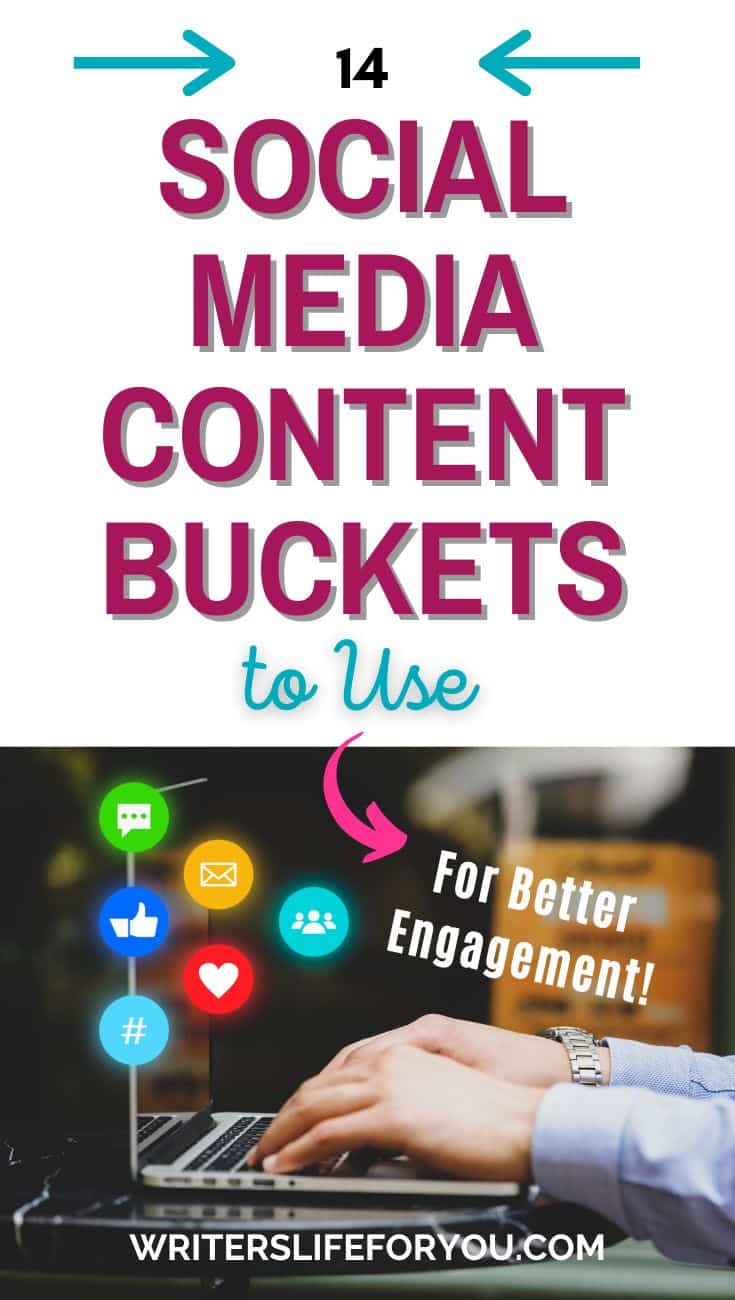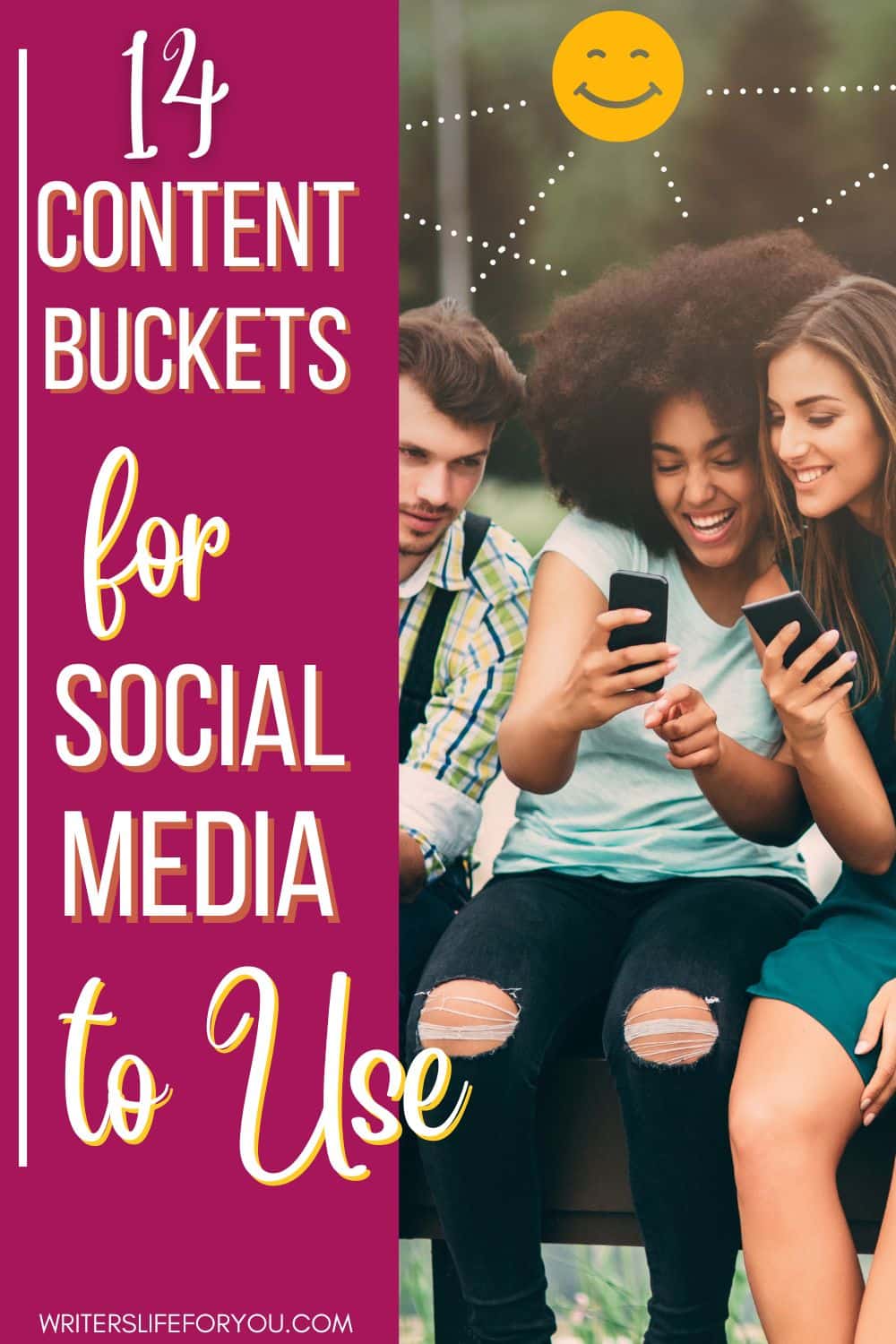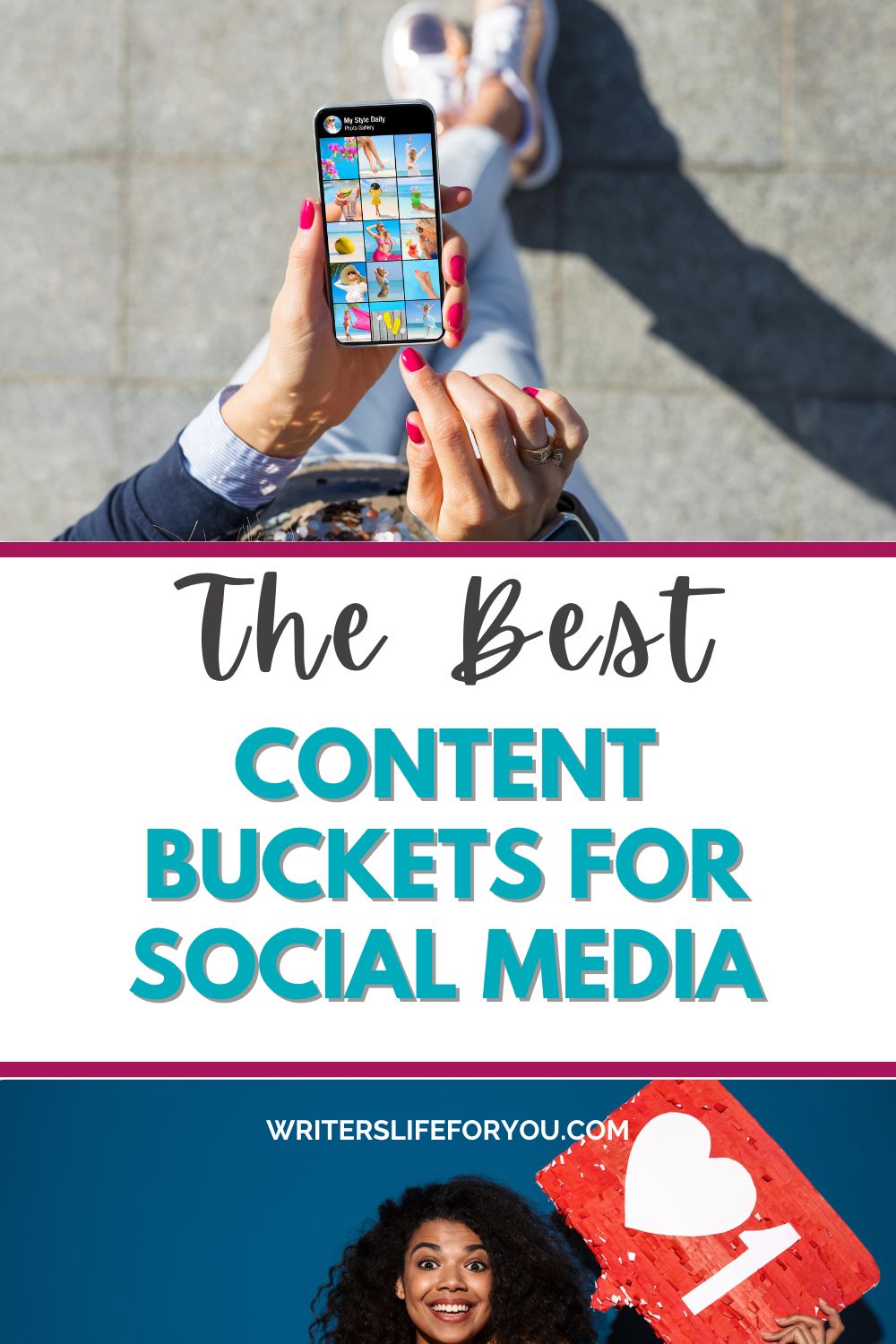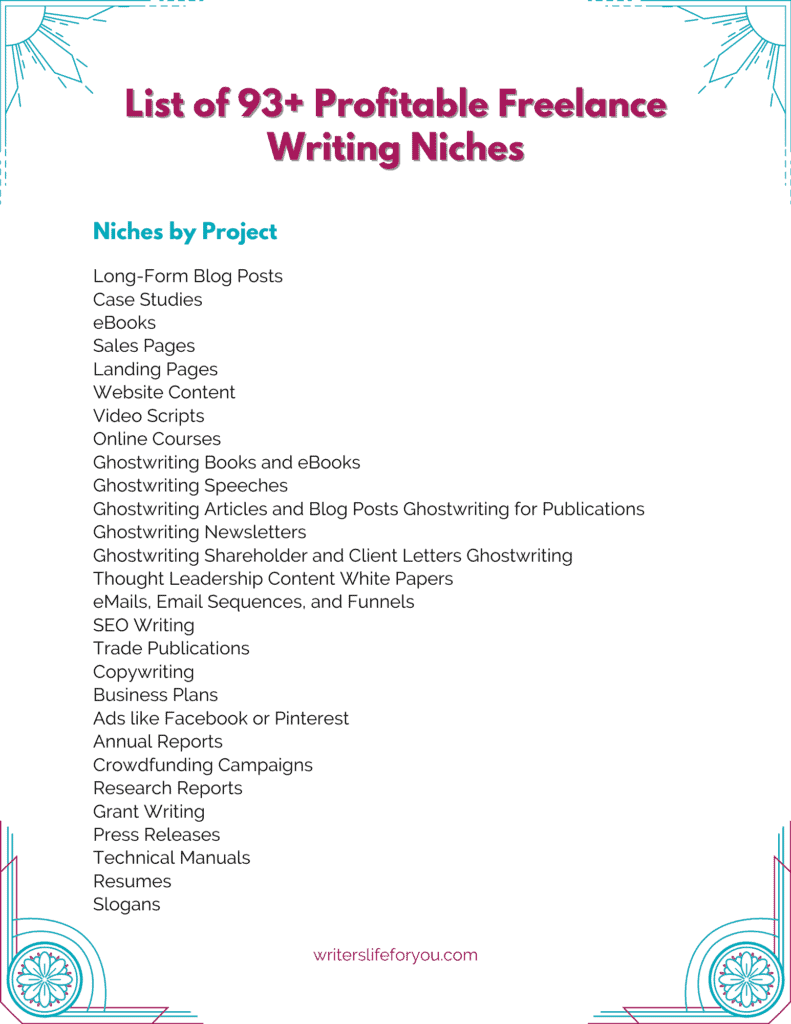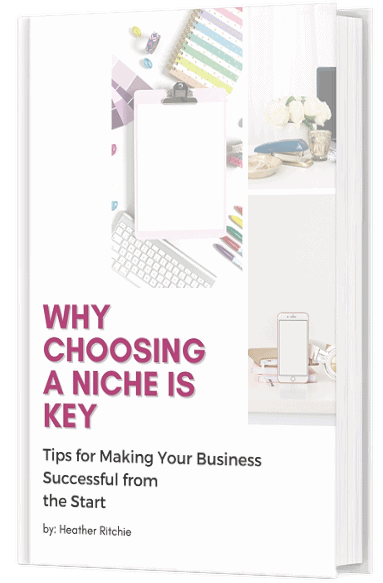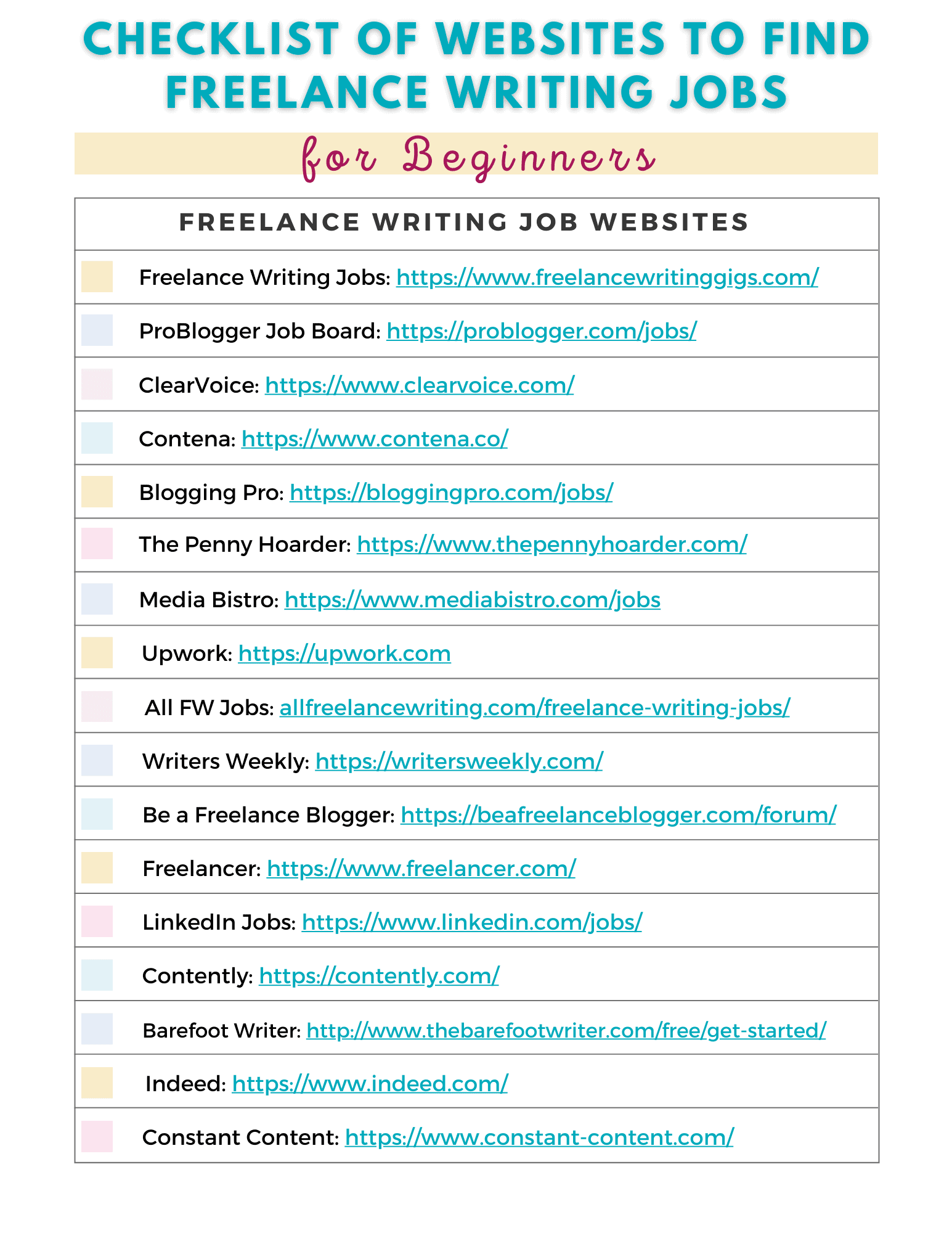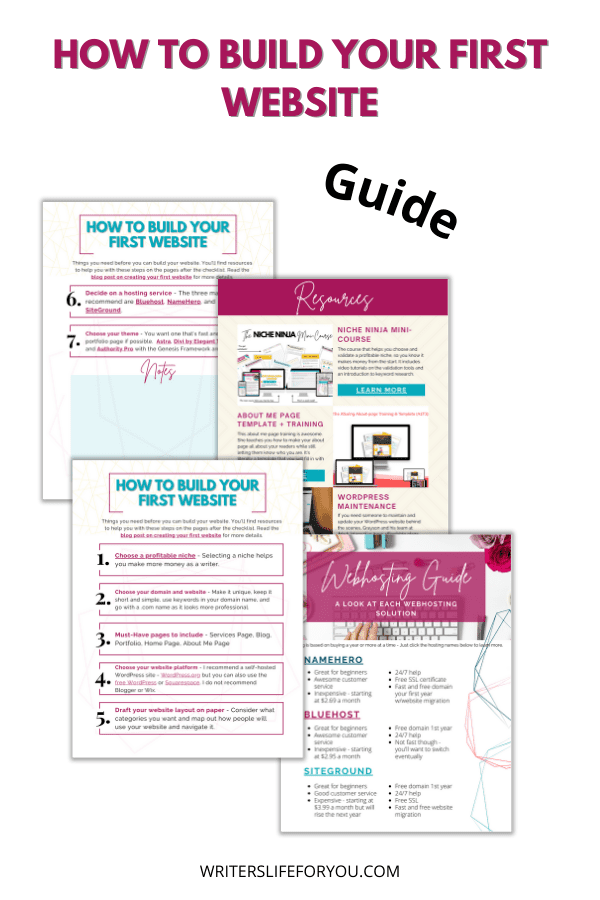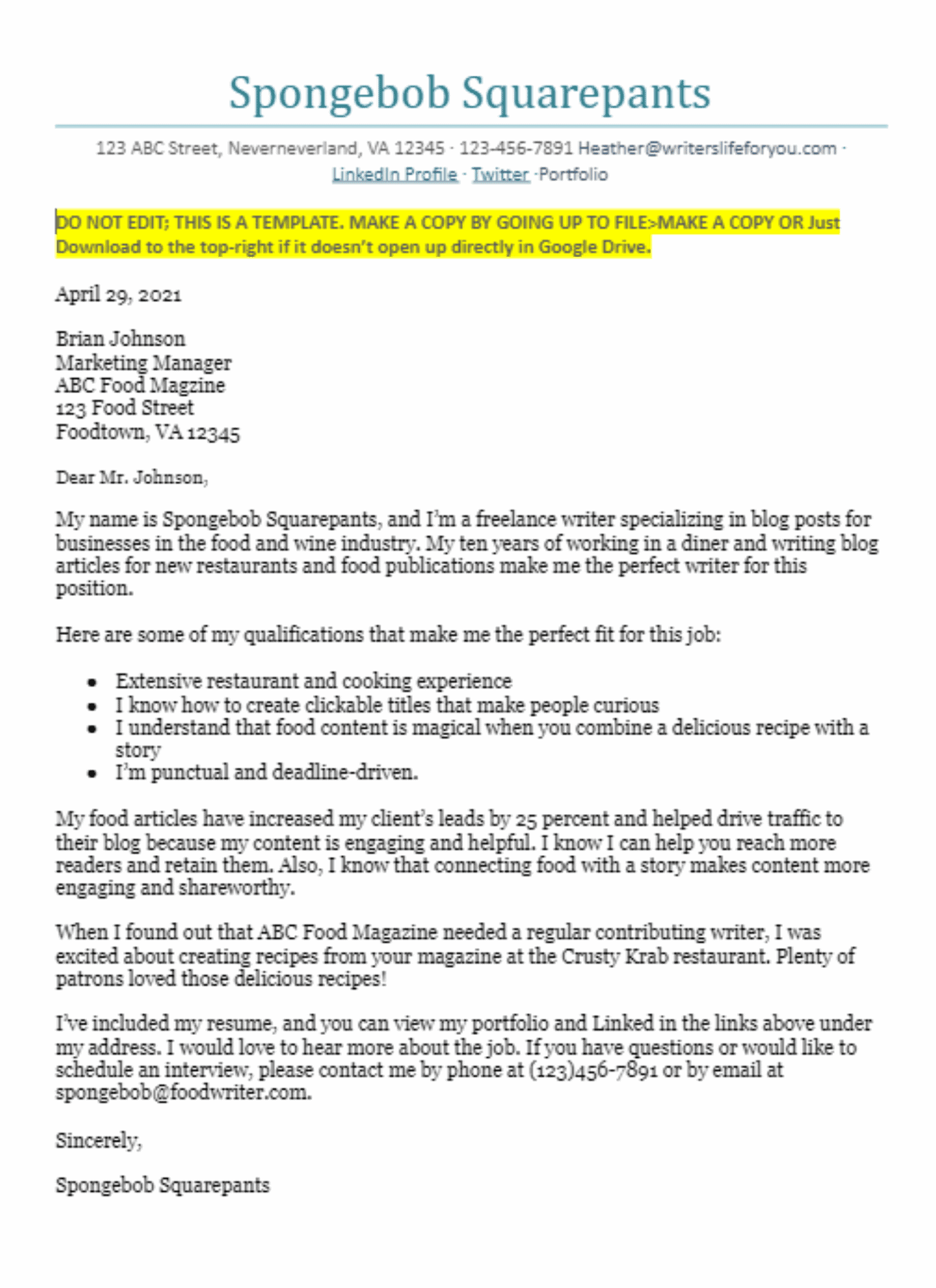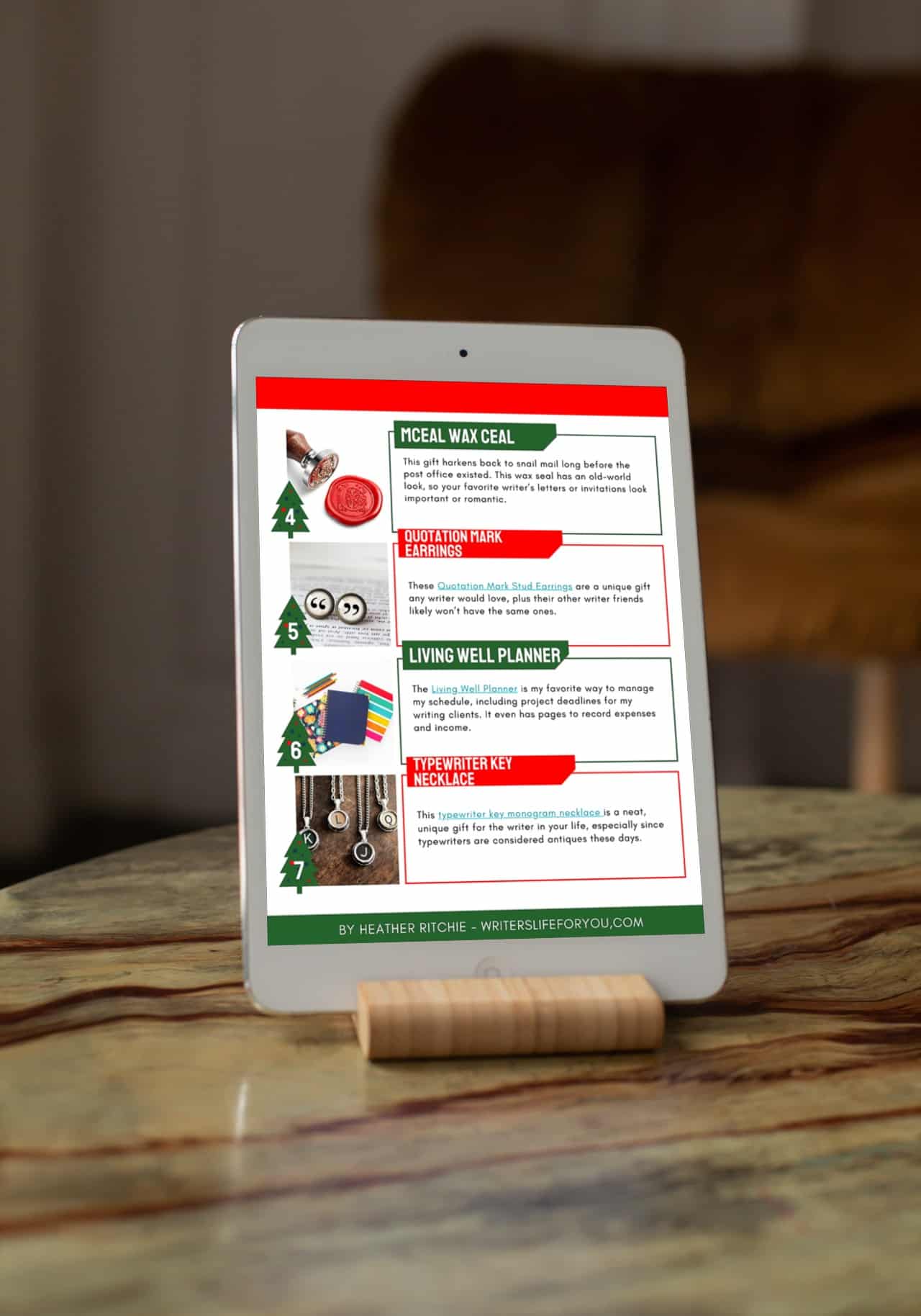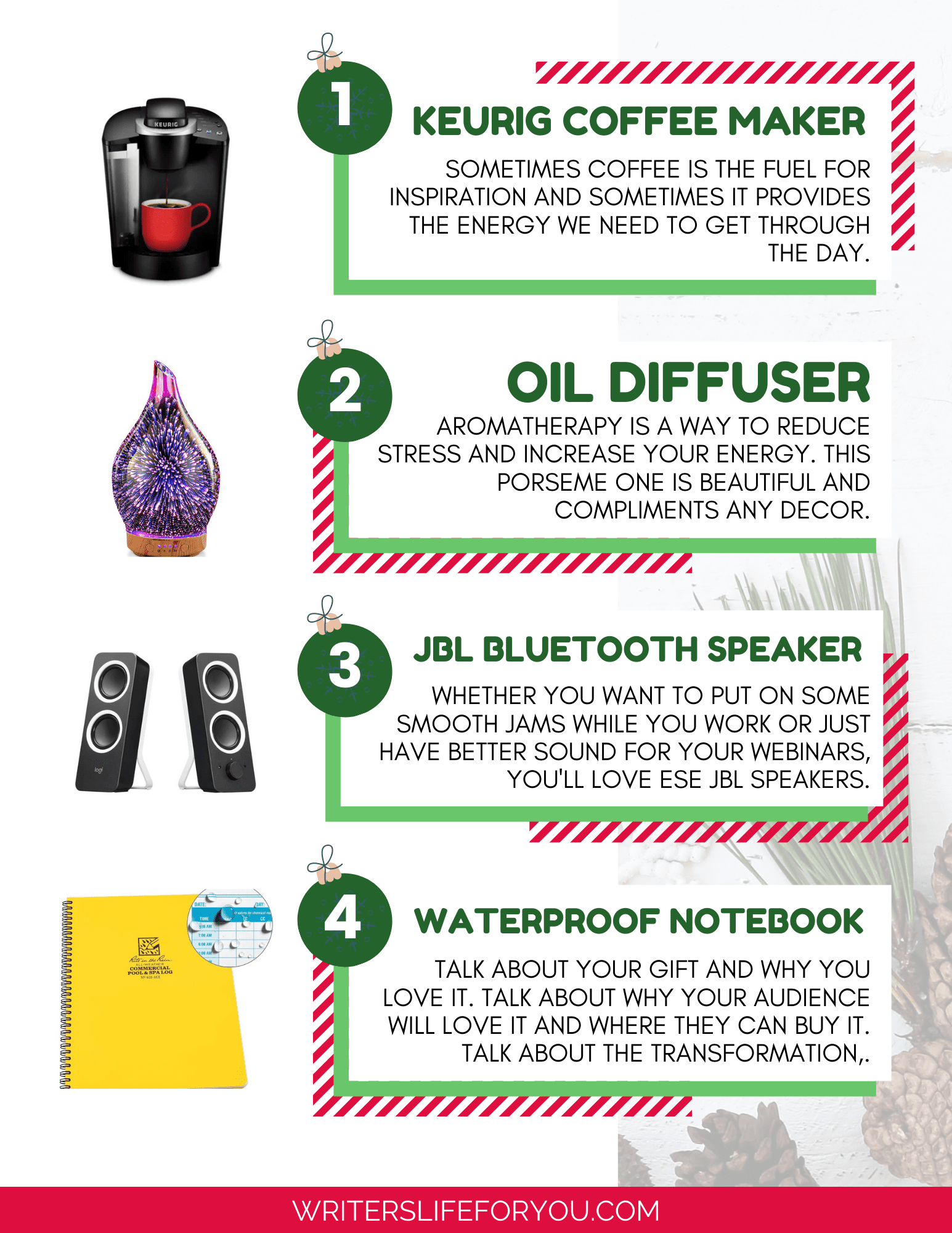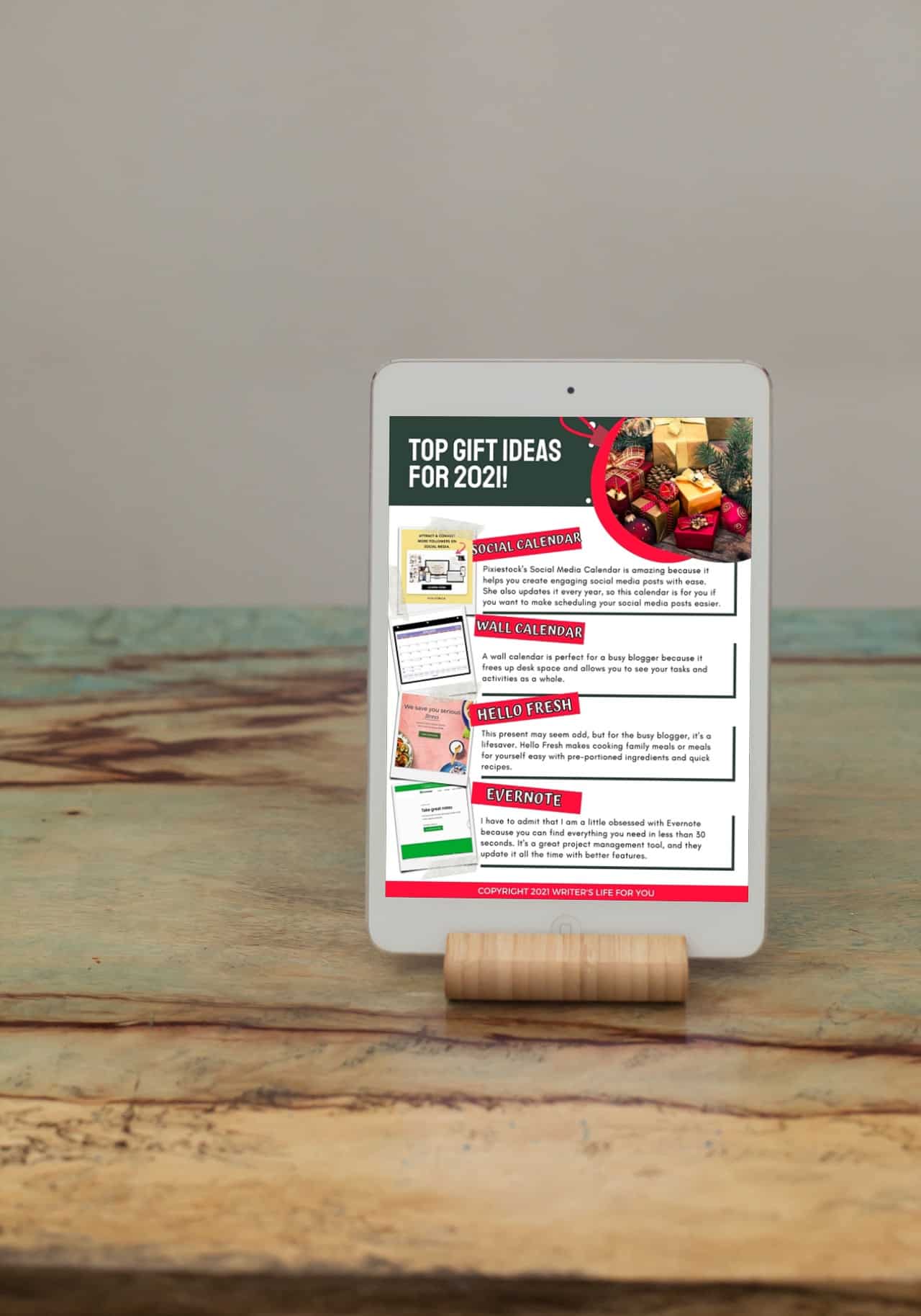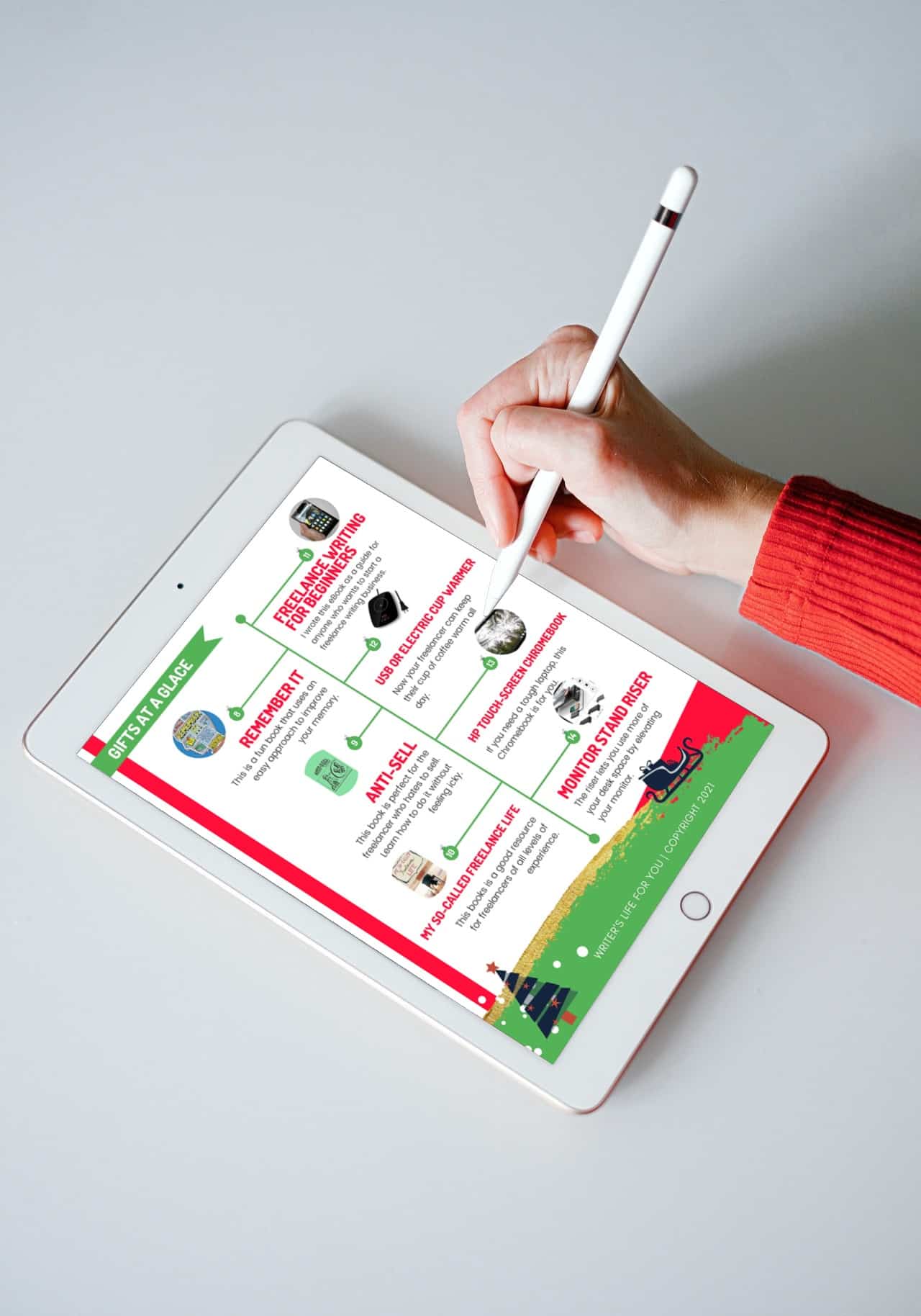Creating social media content for your target audience can sometimes be challenging. It can be challenging to know what to post and when on your social media accounts.
That’s where social media content buckets come in. Content buckets, also known as categories, are ways to organize the topics you talk about regularly. The content bucket framework provides structure to help you plan and execute a content strategy that makes it easier to plan and create content.
In this post, we will explore what content buckets are, how to create them, and the best ones to use to improve engagement and make content creation easier.
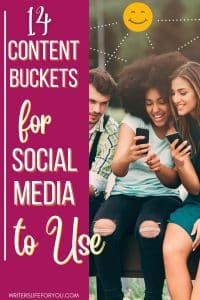
What are Social Media Content Buckets?
I know the idea of content buckets can be confusing, but they are so helpful for your content strategy. Content buckets are the themes or content pillars (though they are a little different where pillars have a more rigid structure, while buckets are flexible) you create and share on social media channels your target audience is interested in.
They can be broad or very specific and range from general content themes like niche or industry news to specific types of content like behind-the-scenes footage of your business during a launch, educational content, promotional posts, or curated content.
The content bucket strategy is a great framework that defines the overarching topics and themes to create structure while still allowing you to be flexible and creative. This creates an engaging content strategy that keeps your audience interested and coming back for more.
Content buckets also make creating a consistent social media presence and creating content much easier because everything is well-organized. I’ve personally seen an amazing difference in my content organization when I use it in conjunction with my project management tool, Trello.
How Can Content Buckets Help Your Social Media Strategy?
There are many benefits to using social media content buckets. This content strategy helps you:
Engage more with your audience: Posting a variety of content prevents your audience from getting bored with you, covering the same topics, angles, and formats.
Stay organized: Using content buckets in your social media strategy lets you easily manage your content calendar, ensuring you cover all your topics. It also helps you quickly develop new content ideas and organize them in a tool like Trello, ClickUp, Airtable, or Asana for content repurposing later.
Track content performance easier: Content buckets make tracking how your content performs easier so you can adjust and refine your social media strategy for better results. This strategy also ensures your social media efforts aren’t wasted.
Maintain consistent messaging: Using content buckets also helps you maintain consistency across all your social media platforms, ensuring your brand’s message is consistent.
Cater to a more diverse audience: Content buckets and content repurposing ensure that your content is relevant and resonates with a broader audience. These two powerful content tools allow you to extend your reach and get more mileage from every piece of content you create.
Balance promotional and non-promotional content: I learned from the Viral Marketing Stars that you should only post promotional content about 20 percent of the time, with the rest of your content creation adding value and covering different categories.
Saves time: One of the biggest challenges I see other content creators struggle with is the time it takes to produce content.
Planning your content in advance and using content buckets in your social media marketing makes your content creation process more efficient without sacrificing brand credibility and messaging.

How to Create Social Media Content Buckets
First, you need to determine where your audience hangs out. You don’t need to be everywhere at once, only where your target audience engages.
For instance, LinkedIn would be one of the best marketing channels if your audience consists of middle-aged women focused on careers. If your audience consists of women interested in DIY, crafts, and travel, Pinterest would be the perfect social media platform.
Second, you should identify the types of content you want to post on your social media accounts and what your audience likes to consume, as this will dictate which channels you’ll use. If your target audience enjoys short-form videos, you’ll want to create content like Instagram Stories, Reels, or TikTok videos.
Then, brainstorm content ideas to keep your target audience engaged and interested in your post. This is a critical part of your overall social media strategy.
After that, brainstorm content bucket ideas or group your content into categories your audience would be most interested in. You don’t need to cover all the ones on this list; you just need to cover the most relevant ones to your audience on social media. Many brands use the following content buckets:
- Inspiration
- Promotion
- Personal
- Entertainment
- Conversational
- Educational
Now you have your content buckets.
Next, you want to create a posting schedule and flexible content calendar so you know what and when to post. I love using Trello as it allows me to easily move my content ideas around to take advantage of current trends and events.
*Pro Tip: Look at your social media analytics to see when your audience is most engaged. If you’re like me and analyzing data can be overwhelming, copy and paste your performance metrics into ChatGPT, ask it to tell you what the information means, and suggest a posting schedule.
Stay current on niche or industry news and trends to take advantage of emerging trends. Monitor your content performance to refine your social media marketing strategy over time.

Essential Social Media Content Buckets in Your Social Media Marketing
The following content buckets can help you build engagement, drive sales and conversions, and increase brand awareness by showcasing your overall brand message and brand values.
They also make aligning your content goals with your business goals much easier, ensuring that you don’t create content just for the sake of creating content.
Note that different content buckets may perform better on specific social media platforms. For example, video content will do well on TikTok and Instagram, and written thought leadership posts will perform better on LinkedIn.
Even though Pinterest is technically a search engine, it’s often considered part of your social media strategy, and like Instagram, visual content does better on that platform.
Entertainment
Entertainment posts are fun for you to create and for your audience to engage with. Entertainment content includes funny memes, GIFs, and light-hearted, humorous social media posts. It can also be nostalgic, celebratory, or holiday-related content.
The best part about entertaining content is that it is highly shareable and presents the personal side of your brand, which is crucial if you are the face of your brand.
Conversation
Conversational content strikes up a conversation with your target audience. Instagram Stories and other social media posts are great for this, as they allow you to engage back and forth.
Ask your audience their opinions, complete a poll, or pose an intriguing question. You can even use fill-in-the-blank posts for conversational content bucket ideas.

Inspiration
Inspiration posts are ones that almost any brand can use in their content marketing strategy. This can include inspirational stories, quotes, and other content that motivates and inspires your audience.
Testimonials, success stories, and case studies can also fall into this content bucket to show your target audience what is possible.
Connection
Creating relationships and connections with your audience is important. Being authentic is essential and builds stronger connections with your ideal audience because it draws the RIGHT people to you.
Creating those connections helps your audience trust you so they can eventually go on to purchase from you. Social media posts that create connections are:
- Customer appreciation
- Behind-the-scenes content
- Showing your target audience what you’re working on
- Mistakes and lessons learned
- Promoting biz friends
And more!

Education
Educational posts help share your expertise and position yourself as an authority in your niche. Most businesses use educational content to provide value and increase trust.
You can teach them about your services, products, your niche, and the topics you cover in different categories. Posting educational content helps establish you as the go-to authority in your niche, so when someone in your audience is ready to buy, they do so from you.
Educational content also nurtures your audience, which is a key part of a content marketing strategy. This type of content includes Q&As, live webinars, trainings, content that educates on a specific topic, and other similar ideas.
Success Stories
The customer success story bucket allows you to showcase satisfied customers, providing social proof that your offers are valuable. These stories build the know, like, and trust factor people need before buying from you.
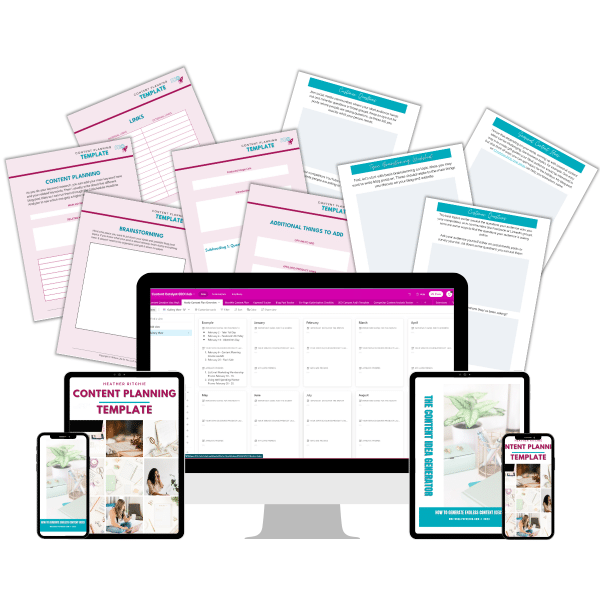
SEO Content
Did you know that 68 percent of online activities start with some type of search engine?
SEO content refers to content written for humans and optimized for search engines. When most people think of SEO content and keyword research, they think of Google (which holds 92.5 percent of the search engine market share), but each social media platform has its own version of SEO.
For instance, Pinterest is a visual search engine, and success relies on keyword research or Pin SEO, as my friend and Pinterest expert Nadalie Bardo says.
Twitter and Instagram use hashtags for visibility. SEO content should be a key part of your content marketing strategy to show up in front of your target audience and increase community engagement.
To see the most success with your SEO content, you must do keyword research. Plenty of tools exist, such as Ahref’s, Moz, KeySearch, Pin Inspector, Later, Hashtag Expert, and more.
Related: 14 Best Tips on How to Plan Your Week to Be Productive Every Day
Promotional
Promotional posts are an essential part of any social media marketing strategy because you’re running a business, and you need to make money.
Promotional content highlights your services and products, encouraging your audience to buy or sign up for something. It can include upgrades and mentions of your products as well as user-generated content for affiliate sales.
User-generated content refers to people showcasing a product. Think demonstrating a beauty product for your customers or filming a helpful video on using a specific product. I see people promoting meal kits like Hello Fresh and makeup all the time.
This type of content can also include highlighting user-generated posts of people using your products and then resharing them on social media for social proof.
Alternate your promotional content with other content buckets to balance it out and avoid sounding too salesy. That’s why I love the Viral Content Club.
Their social media content strategy ensures that you promote only 20 percent or less in your content if you follow their process. The other 80 percent focuses on community, connection, and other essential pillars.
Engagement
Engagement content bucket ideas keep your audience engaged. Like entertainment content, you can ask for user-generated content or post polls, quizzes, countdowns, and more.
You can also ask thought-provoking questions to have conversations with your audience right on social media. Most of these posts are considered interactive content, as it encourages participation,

Testimonial-Based
Testimonial-based content focuses on just what it says—customer and client testimonials. This shows your audience you are trustworthy and that other people love your products and services.
It also encourages people to learn more about your offers and eventually purchase one of your services or products.
User-Generated
I already mentioned user-generated content, but it actually has its own content bucket. UGC is a type of content your followers can refer to, and it builds community amongst your audience and encourages more engagement.

Listicles and Tips
Listicles aren’t just popular for blog posts; they make a great social media bucket for sharing relevant tips and lists. These could be top trends in your niche, tips on how to do something, or even content ideas or those inspired by your offers.
For example, I could provide a list of content repurposing tools or tips on writing a long-form blog post.
Facts and Figure-Based
Fact and figure-based posts could also be educational, offering interesting statistics related to your niche or brand. They could be an infographic simplifying complex concepts or topics or a simple post with a surprising or interesting fact.
For example, I could share content creation or marketing facts related to my niche.
Personal
Personal content shows the human side of your brand and helps. By sharing personal stories, lessons learned, aspirations, mistakes, and challenges, you’re building connections and relationships with your audience.
This type of content includes text-based posts that share your stories and experiences, behind-the-scenes videos, and live Q&As.

FAQs
Content creators use social media content buckets to organize the different types of content or categories your brand talks about. They allow you to cover your primary content themes from new and fresh angles.
- Determine where your audience hangs out. You don’t need to be everywhere at once, only where your target audience engages.
- Identify the types of content you want to post on your social media accounts and what your audience likes to consume.
- Brainstorm content ideas to keep your target audience engaged and interested in what you post.
- Brainstorm content bucket ideas or group your content into categories your audience would be most interested in. You don’t need to cover all the ones on this list; you just need to cover the most relevant ones to your audience on social media.
- Create a posting schedule and a flexible content calendar so you know what and when to post.
- Stay up-to-date on niche or industry news and topics to take advantage of emerging trends. Monitor your content performance to refine your social media marketing strategy over time.
- Create and curate content for your relevant buckets.
- Adapt and refine based on content performance.
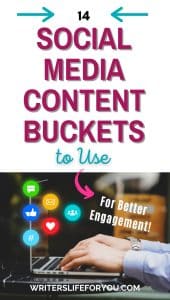
What is the difference between content pillars and buckets?
I totally get this question, as content buckets and content pillars can get confusing. Content buckets are different from content pillars (the overarching content categories or topics you cover).
Content buckets allow you to create and cover your content pillars from different angles, as they help you create different types of content.
For example, content creation is one of my content pillars, and I cover it as an educational content bucket.
Staying organized as a content creator is the key to consistency and staying ahead of the content monster. Here are some ways you can organize your content strategy and content.
- Create a library for your content ideas.
- Set clear social media content goals that align with your business objectives and goals.
- Choose the right social media platforms. You only want to show up where your audience is.
- Craft a social media content calendar. This training can help.
- Batch your social media posts and schedule them in advance.
- Engage with your audience on your social media channels.
- Document your social media strategy to create SOPs and workflows. This makes outsourcing down the road easier.
- Don’t be afraid to experiment to see what your audience likes best.
- Analyze how your content performs to refine your social media strategy.
Final Thoughts on Social Media Content Buckets
Creating relevant social media content buckets is a smart way to stay organized and save time on content creation. Developing a content bucket strategy helps you post relevant content consistently and maintain an engaging presence on social media.
I don’t want you to think that content buckets limit you. In fact, they allow a structured form of creativity, like content planning. You get to decide what content you want to post and when.
You are only limited by your imagination, so after reading this post, sit down and brainstorm. Then, embrace a structured content strategy approach.
In the future, you will thank yourself when you see how simple it is to create and post the right content at the right time.
Related Posts to Social Media Content Buckets
9 of the Best Planners for Bloggers That Will Help You Plan Like a Pro
How to Earn a Full-Time Living Freelance Blogging
450+ Fun and Awesome Summer Blog Post Ideas for All Niches
71+ Book Blog Post Ideas for When You Have No Idea What to Write About
Blog Post Outline: How to Write Helpful Content People Actually Read
Gift Ideas for New Business Owner: 18 Amazing Gifts for New Entrepreneurs
Top 31+ Gifts for Female Entrepreneurs That She’ll Actually Use and Want
